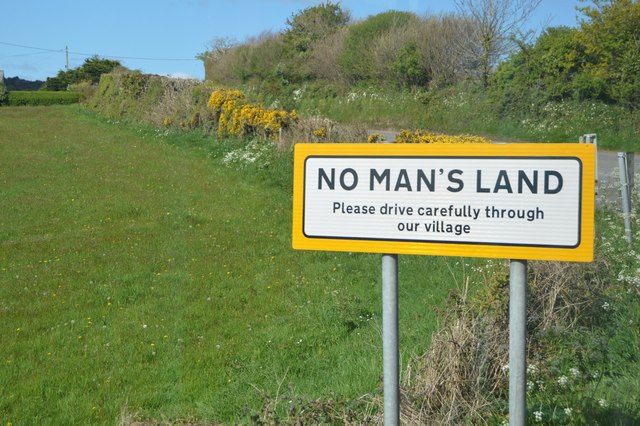
Did you know there are almost 200 countries and a further 55 territories and dependencies in the world? Thus, it might come as a bit of a revelation to find that there are still thousands of small islands that remain ownerless. Unsurprisingly, the principal reason for these islands having remained unclaimed is that they tend to be remote, desolate and lack any kind of resources. In other words, their ownership would have no financial benefit.
Here’s a brief narrative on three of the world’s ‘no man’s lands’ that buck the island convention:
Marie Byrd Land
By far the biggest unclaimed territory on Earth is in Antarctica. Marie Byrd Land is a 1.61 million km2 (0.62 million sq mi) wedge-shaped desert that lies to the west of the South Pole. Made of nothing more than glaciers and rock formation, the temperature is thought to have never risen above zero. However, there are seven countries: Argentina, Australia, Chile, France, New Zealand, Norway, and the United Kingdom, which do have (largely disputed) claims on the rest of the 13.9 million km2 of Antarctica.
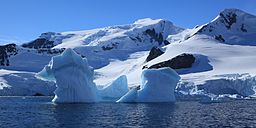
Photo credit: Wikimedia/CC BY-SA 2.0
The main reason for such claims tends to be that the mentioned country has established a research station in the area.Some countries havee reserved the right to make future land claims on the continent. These include the likes of the USA and Brazil, but their claims overlap with existing claimed territories. The Antarctic Treaty (1959), which bans all future territorial claims on the continent, more or less guarantees that Marie Byrd Land will belong to no country for perpetuity.
Bir Tawil
Bir Tawil is a baron but not an unhospitable stretch of desert between the borders of Egypt and Sudan. The 2,060 sq km (795 sq mi) area has no permanent population and has remained unclaimed by either country for well over a century. The ownerless land arose from a discrepancy in the border drawn up between the two countries in 1899 and then again in 1902.
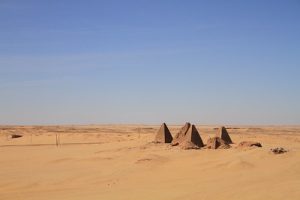
Photo credit: Flickr/CC BY-NC-SA 2.0
Over the years, Bir Tawil has had several individuals and organisations that have attempted to claim the unowned territory as a micronation. One of the last such claims was made in 2015 by Jeremiah Heaton, a 44-year-old farmer from Virginia, USA. He staked his claim on the land by making the 10,700 km (6,700 mi) journey from his US home to plant his own flag there. Renaming the territory ‘North Sudan’ he proclaimed himself king. Heaton carried out what was largely a publicity stunt to fulfill his 7-year-old daughter’s wish of becoming a real-life princess. However, he ended up being inundated with more than 15,000 requests from those willing to relocate to live in his new-found kingdom.
Liberland
Liberland is an uninhabited parcel of land on the west bank of the River Danube that lies along the border between Croatia and Serbia. Known locally as Gornja Siga, the debatable land is around 7 sq km (2.7 sq mi) in area. A local border disagreement between the realms first arose in 1947. However, it went unresolved, since both countries then formed part of Yugoslavia. The border dispute only became contentious again after the break-up of Yugoslavia in 1992.
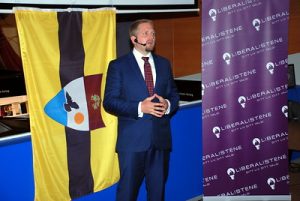
The President of Liberland. Photo credit: Flickr/CC BY-SA 2.0
The unowned land then became subject to a proclamation of ‘terra nullius’ (nobody’s land) by Czech right-wing libertarian politician Vit Jedlička. He declared the territory the Free Republic of Liberland on 13 April 2015, which also saw him become owner under international law. Now President of Liberland, his ongoing dream is to create a micronation something along the lines of Monaco. Thus, as endorsed on the Liberland website, the end goal is to establish a state with minimal regulations and taxes. However, the project is regarded by many as a trivial diversion and has yet to receive any international recognition.
Header image Credit: CC BY-SA 2.0
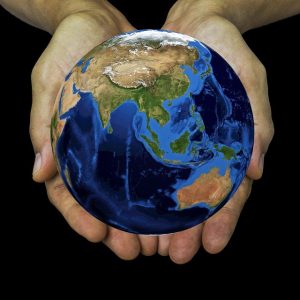


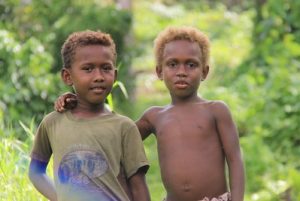

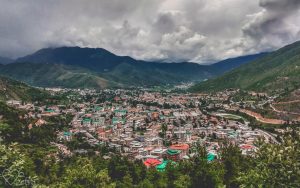
[…] varying degrees, all come under the jurisdiction of a ‘mother’ country. There also remain some unclaimed lands across the […]